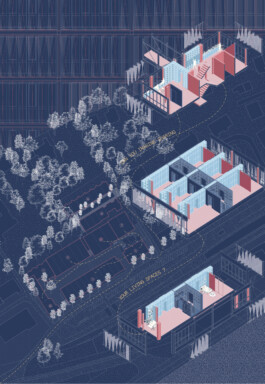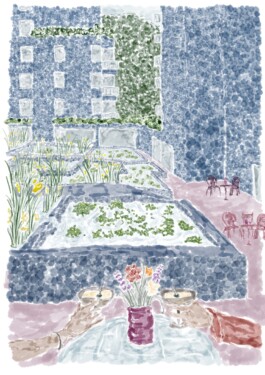(un)wasting ressources
Or how to use ressources differently
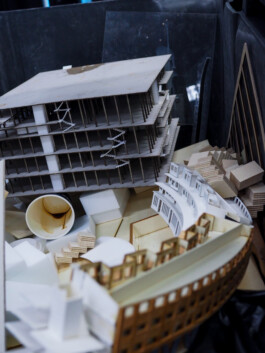
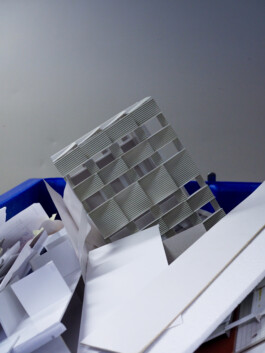
Fig 1-2. Obsolete models from architecture students, ETH Zürich
“We do not have a sustainable relation- ship to objects and hence to the world that surrounds us. As the desire for new products is not going to change and con- sumerism will not stop, we crucially need to seek out solutions to this current waste issue in order to change this framework and restore a form of continuity. Such continuity, in forms of design and making potentials, might include repair, restore, fixing, refurbish, renovating, rehabilitating, redeeming, darning, patching, mending, and healing as well as maintain, reuse, recycle, upgrade and reconciliation of systems and relationships. Many words, each denoting a position, a method, an attitude toward the past, the present, and the future.”
Tom Emerson
Through a series of objets entirely crafted from discarded materials from the ETH Zürich campus, the project (un)wasting ressources aims to re question our conception, as students in architecture, of waste and aesthetic values in a more circular and sustainable practice of architecture, while simultaneously raising our awareness about the opportunities that working by doing through explorations, investigations, testings, craftings and shared reflexions holds for our future working practices.
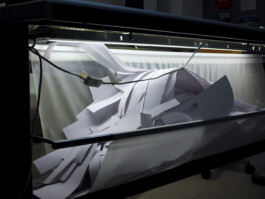
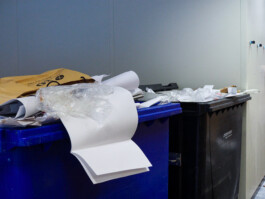
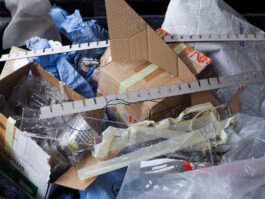
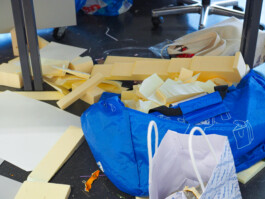
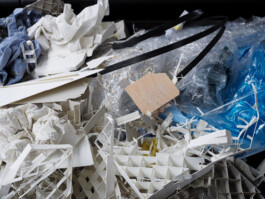
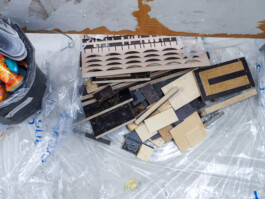
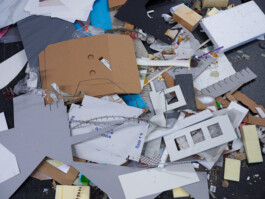
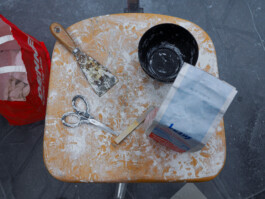

Fig 3-12. When ressources become waste, ETH Zürich
By overturning the traditional design order, where design is mostly imagined without knowledge of the materials ressources availabilities, the various objects of the collection have adapted themselves based firstly on what materials imposed on them. Thus, ressources served as the starting point with any further design ideas following.
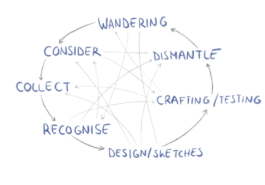
Fig 13. Process sketch
Furthermore, two additional guidelines were set for the conception and production of the object series: firstly, they must all be designed for potential disassembly in the future, and secondly, each item should serve a practical purpose at home once crafted, thereby avoiding any paradoxical perpetuation of the overproduction that the project aims to question.
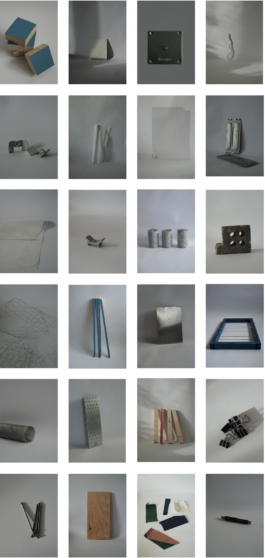
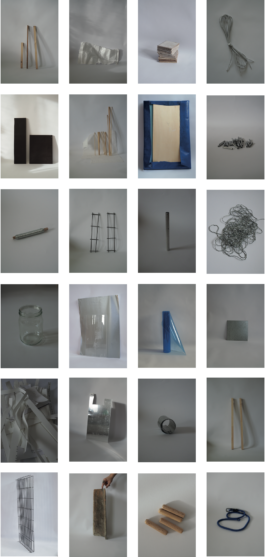
Fig 14. Catalog collection of the discarted ressources
The crafted furnitures
Click to zoom
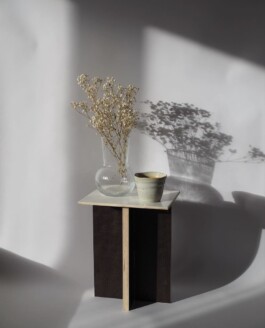
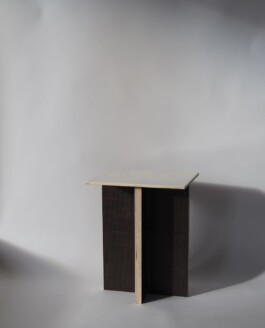
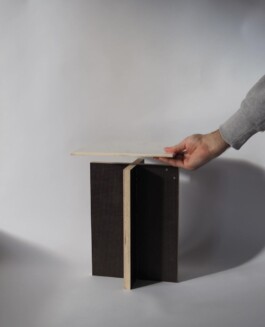
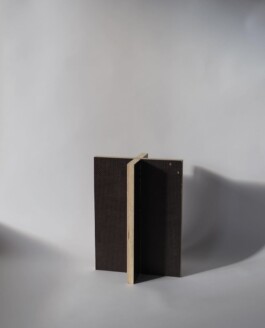
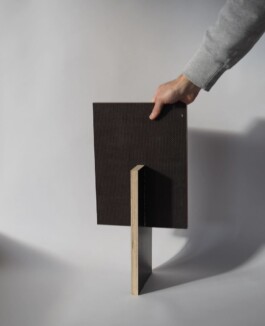
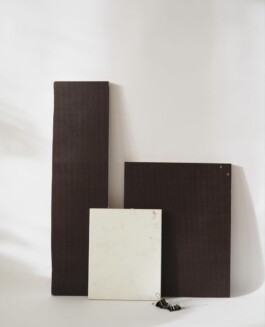
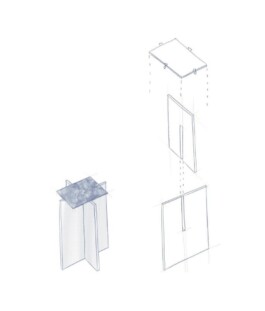







Other details
Studio Tom Emerson and Landscape Studio Martina Voser
Master Thesis in Architecture
Developed during spring 2024
More Projects
(un)wasting ressources
Or how to use ressources differently
Fig 1. Project visualisation
“We do not have a sustainable relation- ship to objects and hence to the world that surrounds us. As the desire for new products is not going to change and con- sumerism will not stop, we crucially need to seek out solutions to this current waste issue in order to change this framework and restore a form of continuity. Such continuity, in forms of design and making potentials, might include repair, restore, fixing, refurbish, renovating, rehabilitating, redeeming, darning, patching, mending, and healing as well as maintain, reuse, recycle, upgrade and reconciliation of systems and relationships. Many words, each denoting a position, a method, an attitude toward the past, the present, and the future.”
Tom Emerson
Until the 17th century, Adlisberg was a dense forest area, distinctly separated from Zurich’s urban fabric. With time, it underwent a gradual transformation from cultivated land to eventually become a popular destination for public leisure where people could enjoy various rec- reational activities such as taking in the scenic views, dining at restaurants, and engaging in social interactions. Central to this transition was the Dolder Waldhaus, which not only served as a primary leisure destination but also acted as the gateway to the park, thanks to its connection to the city by the Dolder cable car.









By overturning the traditional design order, where design is mostly imagined without knowledge of the materials ressources availabilities, the various objects of the collection have adapted themselves based firstly on what materials imposed on them. Thus, ressources served as the starting point with any further design ideas following.

Fig 13. Process sketch
Furthermore, two additional guidelines were set for the conception and production of the object series: firstly, they must all be designed for potential disassembly in the future, and secondly, each item should serve a practical purpose at home once crafted, thereby avoiding any paradoxical perpetuation of the overproduction that the project aims to question.
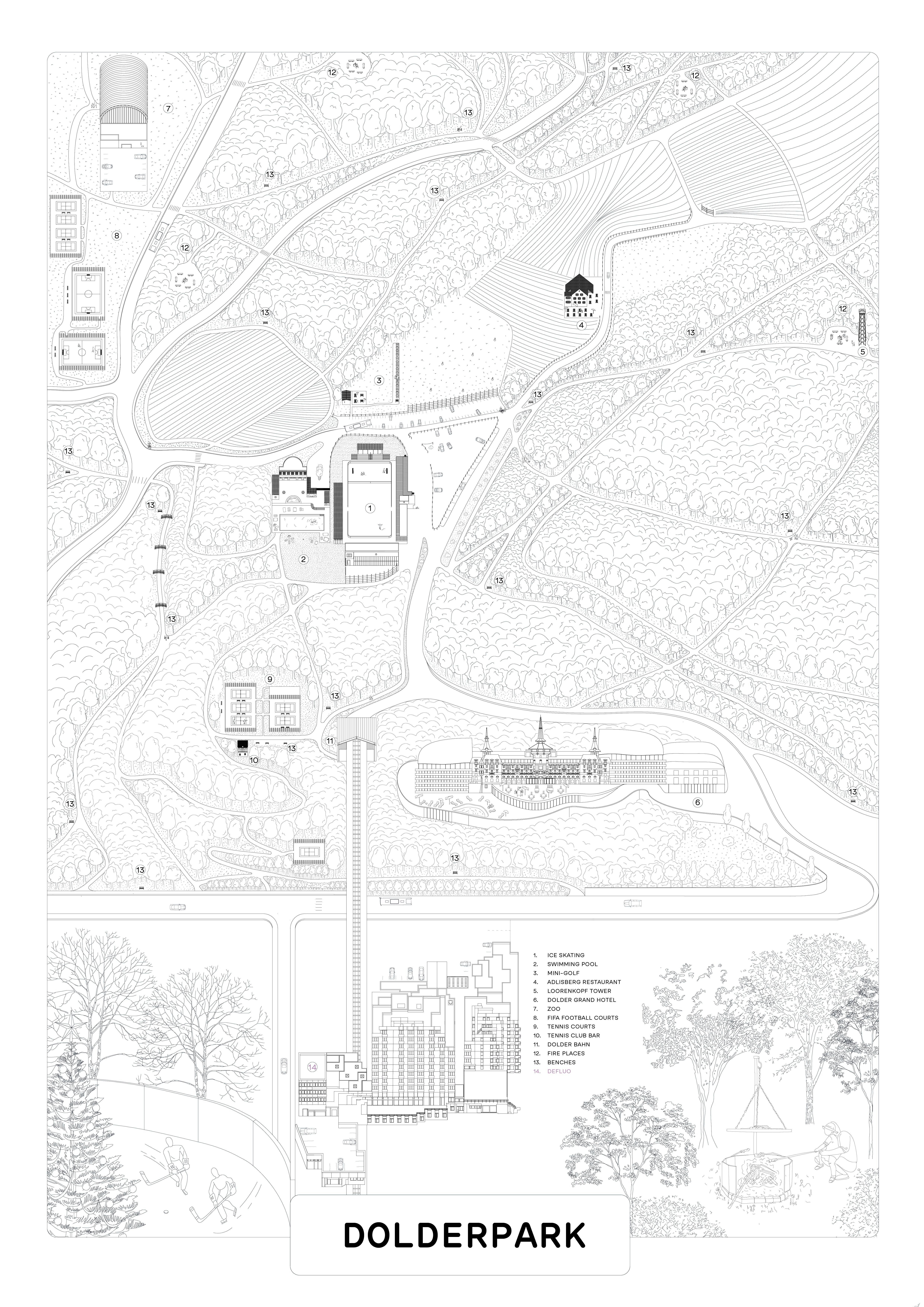
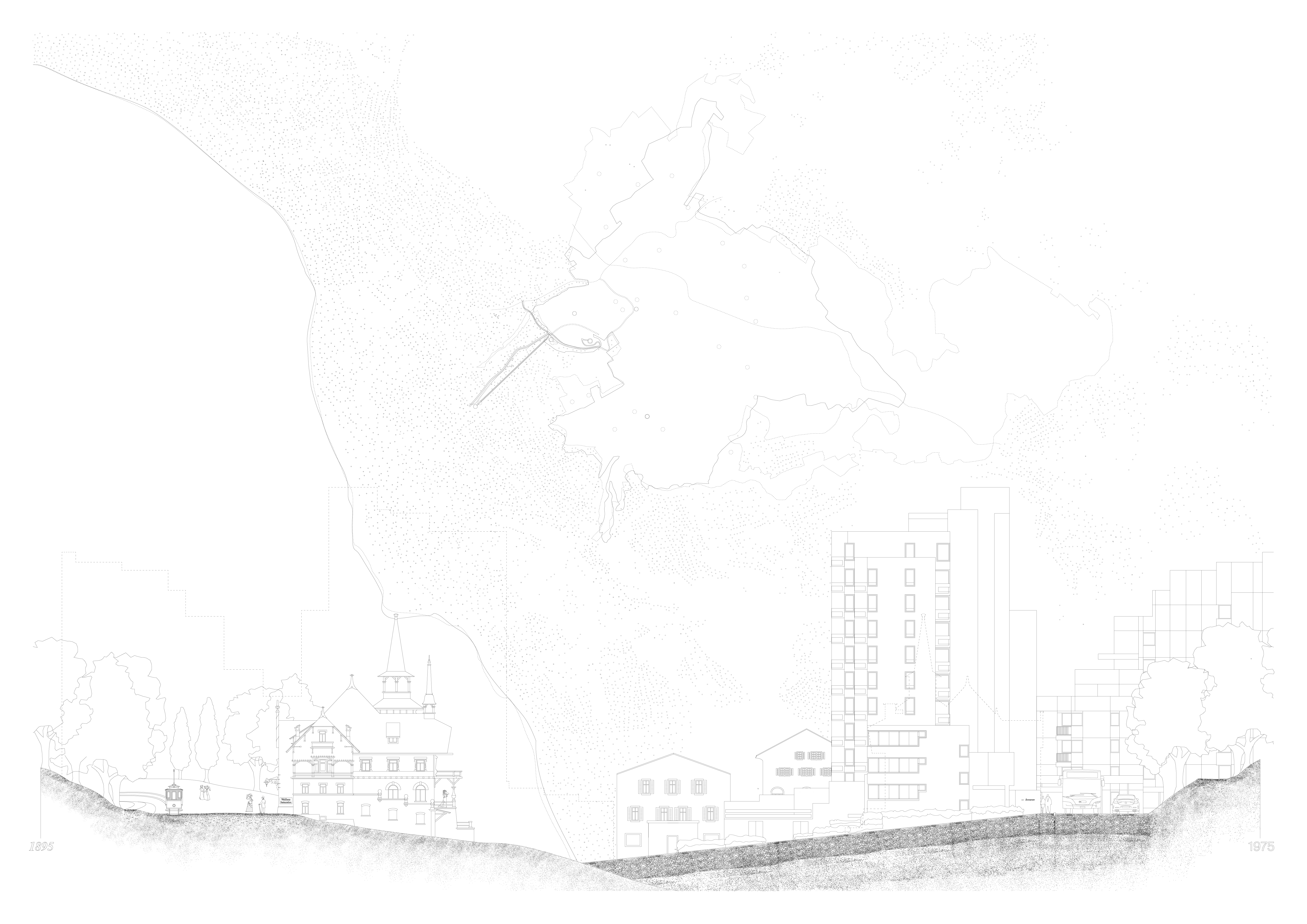
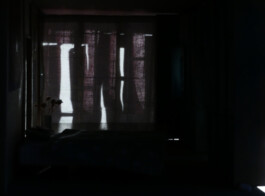
Fig 8-9. Atlas drawings from the research phase
Technical drawings
Tap to zoom
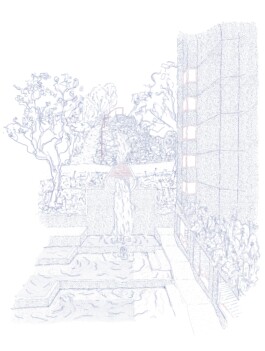
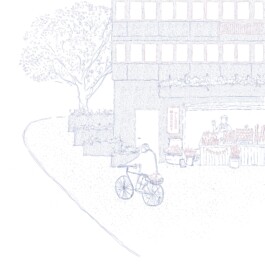
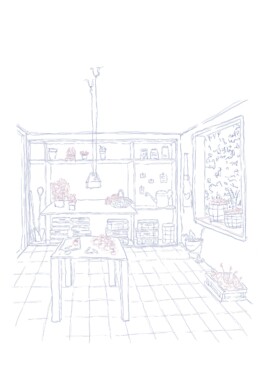
Other details
Studio Tom Emerson and Landscape Studio Martina Voser
Master Thesis in Architecture
Developed during spring 2024
More Projects
© 2024 — Privacy policy — hello@elodieoceane.com
